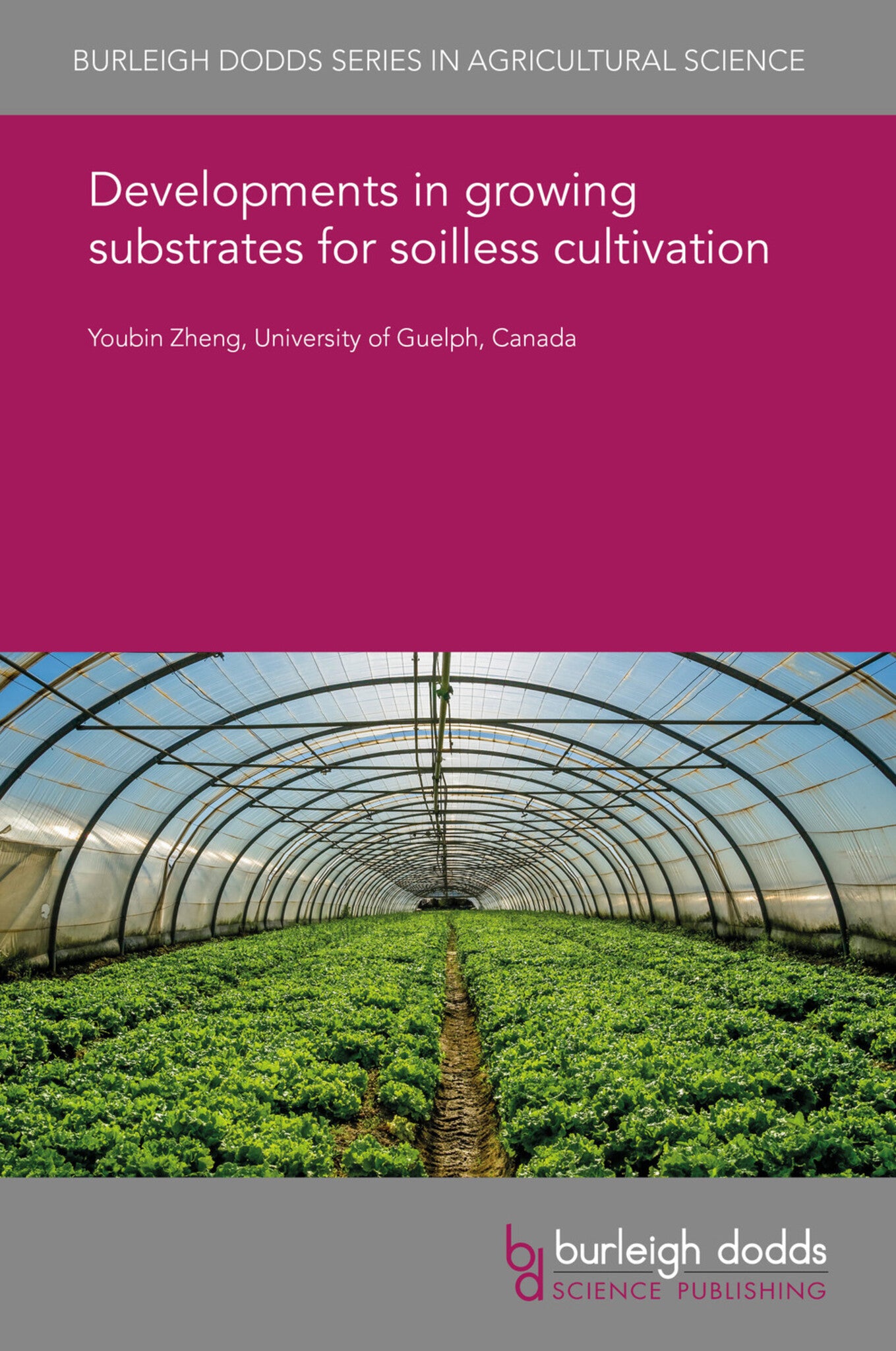We're sorry. An error has occurred
Please cancel or retry.
Developments in growing substrates for soilless cultivation
Regular price
£25.00
Sale price
£25.00
Regular price
£0.00
Unit price
/
per
Sale
Sold out
Re-stocking soon
Growing substrates are used to provide physical support, as reservoir for water and nutrients, for providing air space for free gas exchange, and also for providing a habitat for beneficial microor...
Read More

Some error occured while loading the Quick View. Please close the Quick View and try reloading the page.
Couldn't load pickup availability
- Format:
-
09 September 2019

Growing substrates are used to provide physical support, as reservoir for water and nutrients, for providing air space for free gas exchange, and also for providing a habitat for beneficial microorganisms. Peat- and coir-based substrates and rockwool are the most commonly used substrates in modern advanced greenhouse operations. This chapter examines the materials commonly used in forming growing substrates and addresses methods and technologies for assessing them. The chapter looks at the use of beneficial microorganisms to create a resilient rootzone and considers the implementation of integrated rootzone management (IRM). Finally, the chapter looks ahead to future trends in this area and provides detailed guidance on further reading.

Price: £25.00
Publisher: Burleigh Dodds Science Publishing
Imprint: Burleigh Dodds Science Publishing
Series: Burleigh Dodds Series in Agricultural Science
Publication Date:
09 September 2019
ISBN: 9781838799267
Format: eBook
BISACs:
TECHNOLOGY & ENGINEERING / Agriculture / Sustainable Agriculture, Agronomy and crop production, TECHNOLOGY & ENGINEERING / Agriculture / Agronomy / Crop Science, Sustainable agriculture

1 Introduction 2 Materials used in forming growing substrates 3 Methods and technologies for assessing growing substrates 4 Use of beneficial microorganisms to create a resilient rootzone 5 Integrated rootzone management (IRM) 6 Future trends and conclusion 7 Where to look for further information 8 References



